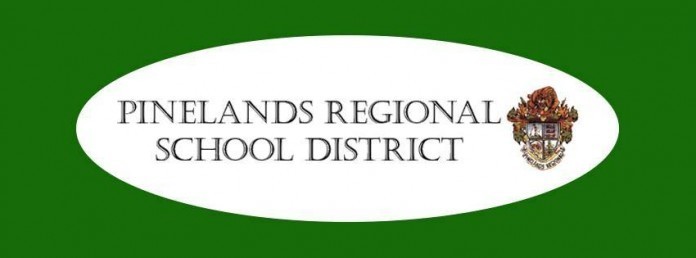
TUCKERTON – After a referendum for school renovations failed in November, the district is putting the same three questions out to voters on January 24.
The infrastructures of the buildings are aging, interim Superintendent Maryann Banks said. Pinelands Regional High School is older, and the steel beams beneath the bricks are corroding.
“We are encouraged and we are hopeful” that there will be a different outcome this time, Banks said.
 The challenge in putting a referendum out on the November ballot is that it shares space with a lot of other political causes. There was a very heavily contested presidential election. Those often bring voters out who do not know about local issues.
The challenge in putting a referendum out on the November ballot is that it shares space with a lot of other political causes. There was a very heavily contested presidential election. Those often bring voters out who do not know about local issues.
There were also a few state questions on the ballot. One was about dedicating the gas tax for transportation issues. The other was about allowing gambling in other areas than Atlantic City. Both were controversial.
“It’s conceivable that if there were not a favorable opinion of the previous questions that they would vote “no” on ours,” she said.
Three Questions
The three questions going out to voters will be the same as they were in November. If all three pass, the total is $53.6 million, of which 40 percent will be covered by the state. The district will bond for the money, and pay it off over 25 years. The first question has to pass in order for the other two to pass. In other words, if Question 2 passes, but Question 1 fails, then the whole package fails.
The first question involves the following improvements at the high school:
Rear parking lot and drainage, exterior doors, roofing, brickwork, windows, fire-rated stair tower doors and side lights, security on exterior and interior, restroom renovations, lighting, HVAC improvements or replacements, and safety equipment for home economics and shop classrooms.
The first question would also make the following improvements to the middle school:
Parking lot improvements, expansion, and drainage; curbing, steps and sidewalks; exterior doors; roofing; restrooms; lighting; HVAC improvements or replacements; security system and PA system.
The second question would make these improvements to the high school:
Front entrance security; outside lighting; flooring, ceiling, and lighting in the front entrance; remodeling and changing the location of several interior offices; library lighting, ceiling and shelving; compliancy with the Americans with Disabilities Act; Information technology system upgrades.
The second question would make these improvements to the middle school:
Concrete, pavers and landscaping for entrance; front entrance security with school insignia; digital sign; widening the bus lane; retaining wall; exterior lighting and curbs; compliancy with the Americans with Disabilities Act; information technology system upgrades; gym scoreboard.
The third question would make the following changes to the athletic fields:
New natural grass field with lighting and drainage; running track resurfacing; fencing; tennis court resurfacing, nets and fencing; sidewalks.
“We felt very strongly that all three were very necessary,” Banks said.
In November, the first question failed by just 98 votes, 5,512 to 5,414. The second and third questions’ vote totals would only matter if the first question passed. They did not do as well. The second question failed by 364 votes, 5,220 to 4,856. The third question failed by 749 votes, 5,502 to 4,753.
The district officials thought that separating the questions into three was a better way of showing residents exactly what their money was going for, Banks said. It also led to a lower number than $53.6 million, which they were afraid would scare people away.
Publicity
The district is trying to get the word out about the referendum in a number of ways. There will be a special hearing at 7 p.m. on January 17 at the high school. The engineer, architect and school officials will be available.
Letters were sent out to residents in the sending districts, she said. There has also been a push for voter registration. Officials will appear on local television and a phone call will go out on January 23.
On the school’s website, PinelandsRegional.org, readers can view presentations on the referendum. They can also enter what their home is worth and use a tax calculator to see how it will affect their taxes.
Cost of Referendum
In November, referendums do not cost towns or school districts any money. Election booths and workers are already going to be deployed. The main election absorbs that cost. This is why so many referendums wind up on the November ballot.
However, there are several times during the year set aside for towns or districts to have their own referendums. January 24 is one of them. In order to have a referendum then, the district has to pay for the election booths and workers. Banks said that it will cost the district about $25,000 to $30,000.







